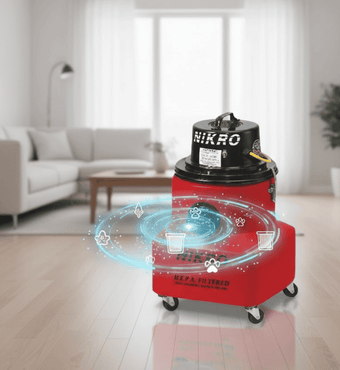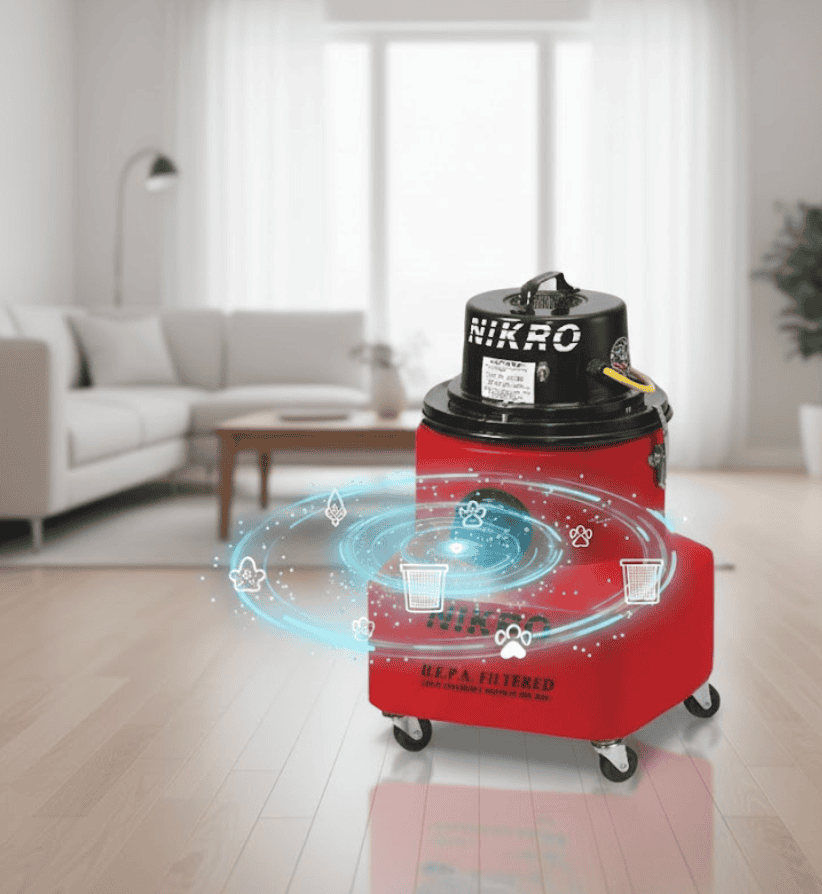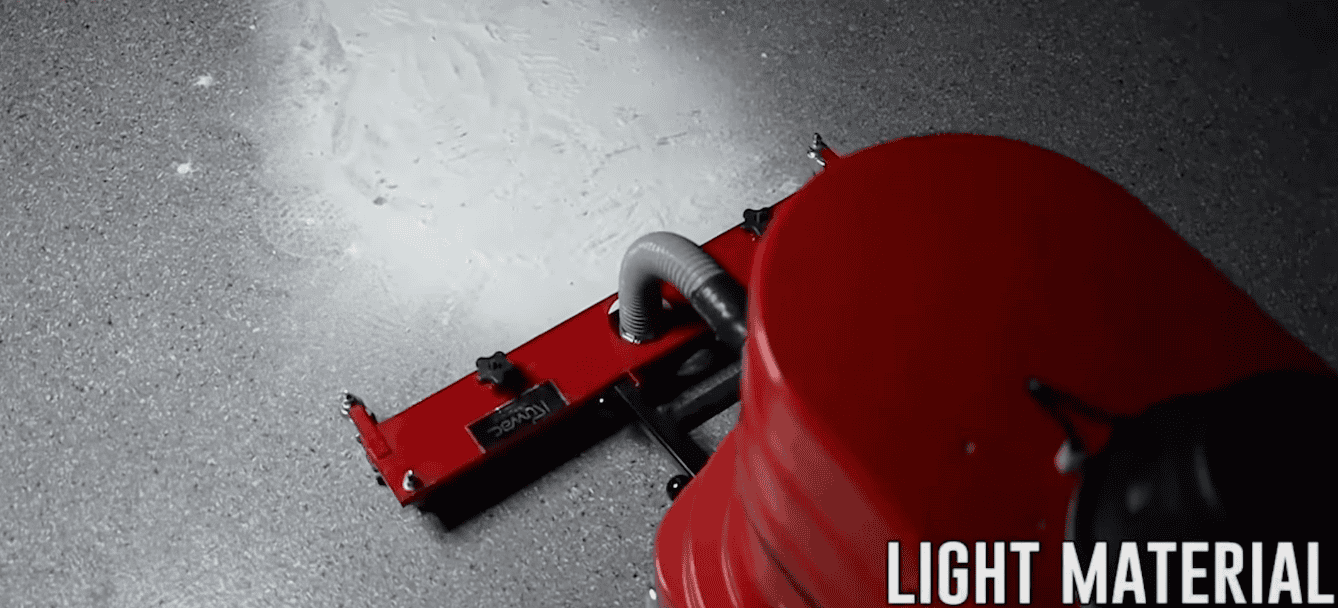Posted by Spycor LLC on Oct 23rd 2025
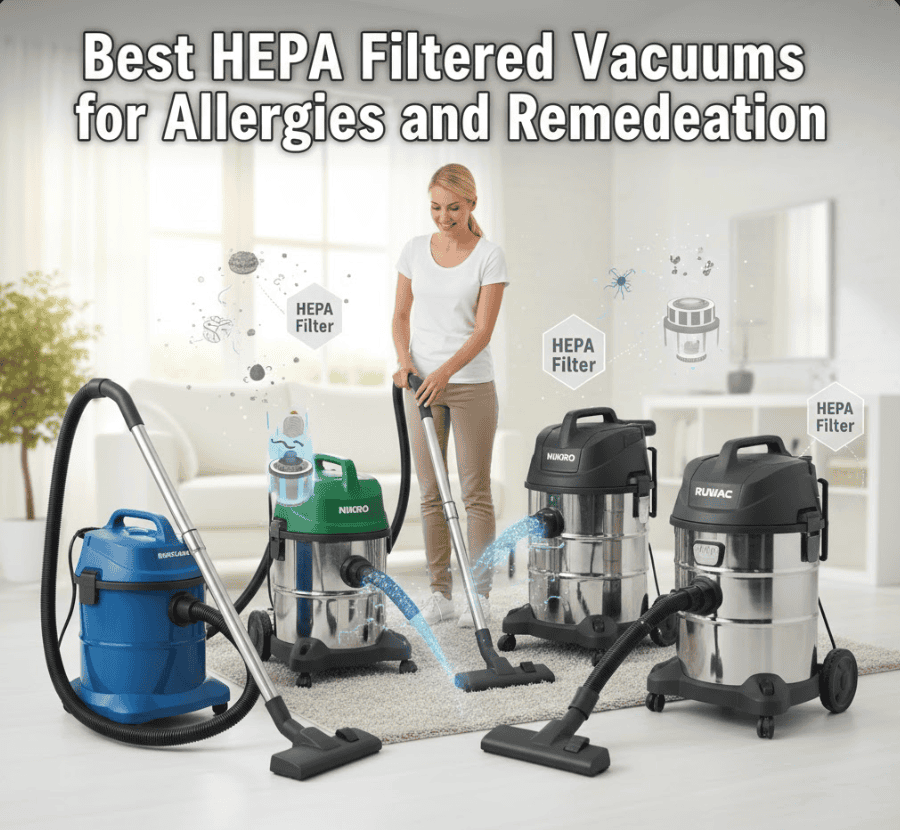
Allergies, pet dander, and indoor pollutants affect millions, turning routine cleaning into a health hazard if your vacuum recirculates dust back into the air. HEPA filtered vacuums capture 99.97% of particles as small as 0.3 microns, making them essential for allergy sufferers, pet owners, and professionals handling remediation like mold or asbestos cleanup. If you're evaluating options for a quieter, more efficient clean—whether for home use or commercial jobs—this guide breaks down the top HEPA filtered vacuums, their features, and how to select one that fits your needs. From portable backpacks to powerful canisters, discover models that deliver sealed filtration, strong suction, and compliance with standards like OSHA and EPA, all while improving indoor air quality without breaking the bank.
What Makes a HEPA Filtered Vacuum
Effective for Clean Air?
A HEPA filtered vacuum uses a High-Efficiency Particulate Air filter to trap allergens, dust mites, pollen, and even some bacteria, preventing them from escaping through the exhaust. Unlike standard filters, true HEPA (H13 or higher) captures 99.97% of 0.3-micron particles, per ASTM F1977 standards, ensuring cleaner air post-cleaning. In 2025, with rising awareness of indoor air quality (IAQ) from EPA reports showing allergens contribute to 50 million allergy cases annually, these vacuums are more relevant than ever.
For allergy relief, look for sealed systems that minimize leaks—bagged models excel here, as emptying avoids re-pollution, a common issue with bagless designs noted in Wirecutter reviews. Remediation pros need certified HEPA for handling hazards like mold spores or asbestos fibers, meeting OSHA 29 CFR 1926.1101 requirements. Key traits include:
- Filtration Efficiency: 99.97% at 0.3 microns with replaceable filters.
- Suction Power: Measured in AW (air watts) or CFM for deep cleaning carpets or hard floors.
- Build Quality: Lightweight designs (under 15 lbs) with ergonomic features for ease.
- Accessories: Crevice tools, pet brushes, and extension wands for versatility.
In homes with pets or kids, a HEPA filtered vacuum reduces asthma triggers by up to 30%, per NIOSH studies, making it a worthwhile investment for healthier living spaces.
Top HEPA Filtered Vacuums for Home
Allergy Sufferers
For everyday use, these models balance power, quiet operation, and affordability, targeting common searches like "best HEPA vacuum for allergies."
- Euroclean GD930 PRO by Nilfisk: This 4-gallon canister vacuum features a true H13 HEPA filter for 99.97% efficiency, ideal for capturing allergens and fine dust in homes with pets or allergy-prone family members. With 120 CFM airflow and a quiet 60-65 dB operation, it handles carpets, hard floors, and upholstery without disturbing the household. The bagged system prevents dust escape during emptying, and its 1.25 HP motor ensures strong suction for embedded dirt. Weighing 29 lbs with large wheels for easy maneuvering, it includes a 6-ft hose, telescopic wand, crevice tool, and upholstery brush. Priced at $495, it's a top pick for residential allergy control, praised in Reddit discussions for its reliability in lead paint cleanup and as an "industry standard" for solid filtration.
- Nikro BP00288 Back-Pak HEPA Vacuum (Dry): A lightweight 2.5-gallon backpack model with 99.97% HEPA filtration at 0.3 microns, perfect for allergy sufferers needing portability in multi-room homes. Its 1.25 HP motor delivers 95 CFM and 88" water lift for effective pet hair and dander removal, with a comfortable ergonomic harness for all-day use. Weighing just 16 lbs, it includes a hose, crevice tool, dust brush, utility tool, and 2-piece wand. At $647, it's ideal for quick cleans without cords tangling, noted for its ease in tight spaces like workshops or upstairs bedrooms.
- Nikro PD10088 10 Gallon HEPA Vacuum (Dry): For larger homes, this canister offers a spacious 10-gallon capacity with 99.97% HEPA efficiency and a 5-stage filtration system, capturing fine allergens effectively. The 1.75 HP motor provides 112 CFM and 107" water lift for powerful suction on carpets and upholstery, with a dent- and corrosion-proof polyethylene tank warranted for 5 years. Built-in casters ensure mobility, and it includes essential tools. Priced at $663, it's a robust choice for allergy management in bigger spaces, valued for its longevity and performance in dry cleaning tasks.
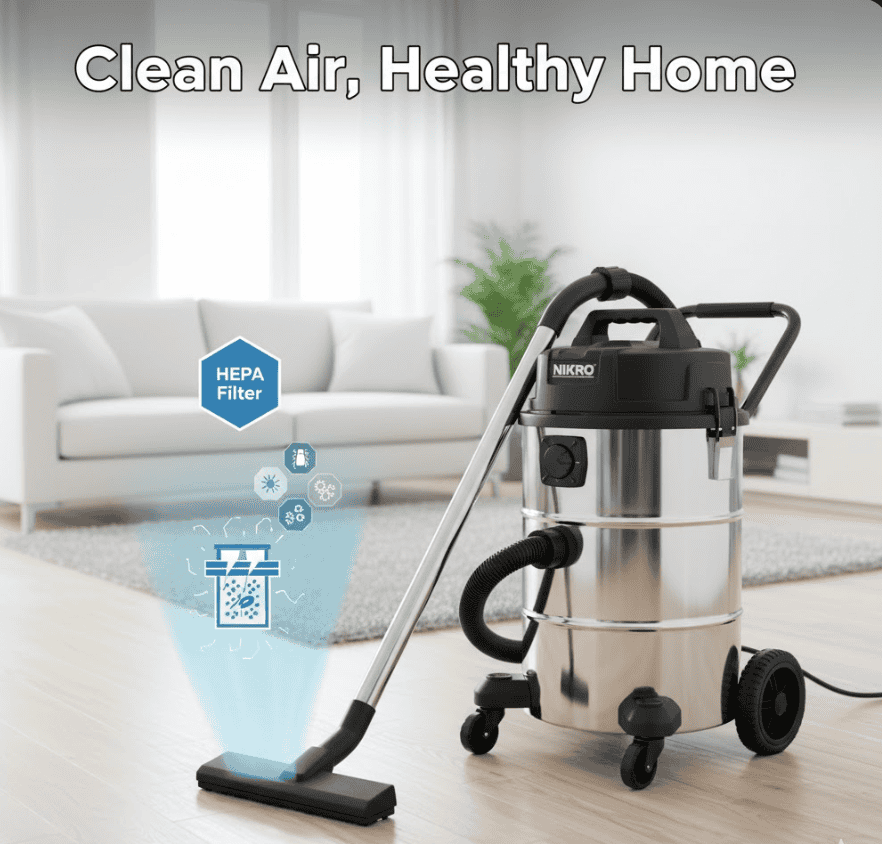
HEPA Filtered Vacuums for Professional
Remediation and Cleanup
For contractors tackling mold, flood, or asbestos jobs, remediation-grade HEPA vacuums ensure compliance and safety. Searches like "HEPA vacuum for mold cleanup" spike in 2025 amid climate-driven water damage.
- Ruwac WNS2220 HEPA MAXX: This high-capacity 9-gallon vacuum packs 3.2 HP (two 1200W motors) for 200 CFM, capturing 99.97% of 0.3-micron particles with upgradeable HEPA or ULPA filtration. Ideal for heavy-duty mold and asbestos removal, it features a manual filter shaker, foot-actuated dustpan, and fully grounded design for safety. The compression-cast housing withstands job site abuse, and it's suited for powder paint, sanding, or concrete grinding. At $3,805 (currently out of stock—check for restock), it's a powerhouse for pros, lauded for its MicroClean filtration and power exceeding larger units.
- Euroclean GD930 PRO by Nilfisk: A compact 4-gallon canister with H13 HEPA and 120 CFM, designed for quiet (60 dB) operation in occupied spaces. Bagged for containment, it includes a 6-ft hose and tools for lead/asbestos work. Priced at $495, it's affordable for small crews, with users calling it a "workhorse" for remediation.
- Nikro PD10088 10 Gallon HEPA Vacuum (Dry): With 112 CFM and a 5-stage system, this 10-gallon unit handles large-scale cleanup, capturing fine hazards effectively. Its rugged tank and high water lift make it OSHA-ready for asbestos or mold jobs. At $663, it's a reliable mid-range option for contractors.
These models meet EPA guidelines for hazardous cleanup, emphasizing bagged, sealed systems to avoid cross-contamination.
Comparing Top HEPA Filtered Vacuums: Canister vs. Backpack vs. High-Capacity
Choosing the right type depends on your space and needs—here's a 2025 comparison based on performance metrics from RTINGS and Good Housekeeping.
| Model | Type | Suction (CFM/Water Lift) | Weight | HEPA Efficiency | Best For | Price |
|---|---|---|---|---|---|---|
| Euroclean GD930 PRO | Canister | 120 CFM | 29 lbs | 99.97% H13 | Remediation/Commercial | $495 |
| Nikro BP00288 Back-Pak | Backpack | 95 CFM / 88" | 16 lbs | 99.97% | Allergy Relief/Portability | $647 |
| Nikro PD10088 | Canister | 112 CFM / 107" | ~40 lbs | 99.97% | Large Homes/Remediation | $663 |
| Ruwac WNS2220 HEPA MAXX | High-Capacity | 200 CFM | ~50 lbs | 99.97% (HEPA/ULPA) | Heavy-Duty Mold/Asbestos | $3,805 |
Canisters excel in versatility; backpacks prioritize convenience. For allergies, prioritize sealed HEPA; for remediation, opt for certified bagged units.
How to Select the Best HEPA Filtered
Vacuum for Your Home or Job Site
Narrowing options starts with assessing your priorities. For allergies, seek "sealed HEPA" labels to trap 100% of allergens—avoid bagless if possible, as emptying stirs dust, per Wirecutter advice. Measure suction via AW for power; CFM for airflow in large areas. Runtime matters for cordless (aim for 40+ minutes), while corded models like canisters handle unlimited sessions.
Budget-wise, entry-level uprights ($200-400) suffice for basics; premium remediation units ($500+) ensure compliance. Test for quietness (under 70 dB) in homes with kids. Accessories like pet tools or crevice wands add value. In 2025, look for eco-features like recyclable filters and energy-efficient motors, aligning with ENERGY STAR ratings.
Maintenance tip: Replace HEPA filters every 6-12 months ($20-50) to maintain efficiency—clogged ones drop capture by 50%.
Maintenance and Longevity: Keeping Your HEPA Filtered Vacuum Performing
Regular care extends life to 5-10 years. Empty bags promptly to avoid overload; wash pre-filters monthly. For sealed systems, check gaskets for leaks. Store upright in dry areas to prevent mold on filters. Annual deep cleans—disassemble and vacuum internals—preserve suction.
In remediation, follow EPA protocols: Use HEPA-rated bags and dispose as hazardous waste. Users report 20% better IAQ with maintained units, per NIOSH data.
HEPA filtered vacuums are game-changers for allergy management and safe cleanup, delivering cleaner air and healthier spaces in 2025. Whether combating pet dander or remediation hazards, the right model combines power, filtration, and ease for lasting results.
Click Here to explore HEPA filtered vacuums at Spycor.com and find your perfect fit today.
FAQ: Common Questions About HEPA
Filtered Vacuums
What does 99.97% efficiency mean in HEPA filtered vacuums?
It captures 99.97% of particles 0.3 microns or larger, including allergens like dust mites and pollen, ensuring cleaner exhaust air.
Are bagged HEPA vacuums better for allergies than bagless?
Yes, bagged models with sealed systems prevent dust escape during emptying, reducing re-pollution compared to bagless designs.
Can HEPA filtered vacuums handle pet hair effectively?
Absolutely; models like the Euroclean GD930 PRO with tangle-free brushes excel at pet hair on carpets and upholstery.
What's the difference between HEPA and S-Class filtration?
HEPA is 99.97% at 0.3 microns; S-Class is similar (99.9% at 0.3 microns) but often used in Europe for premium vacuums.
Are HEPA vacuums suitable for mold remediation?
Yes, certified HEPA models like the Ruwac WNS2220 meet OSHA standards for capturing mold spores without recirculation.
How often should I replace the HEPA filter in my vacuum?
Every 6-12 months, or when airflow drops, to maintain 99.97% efficiency and optimal performance.

